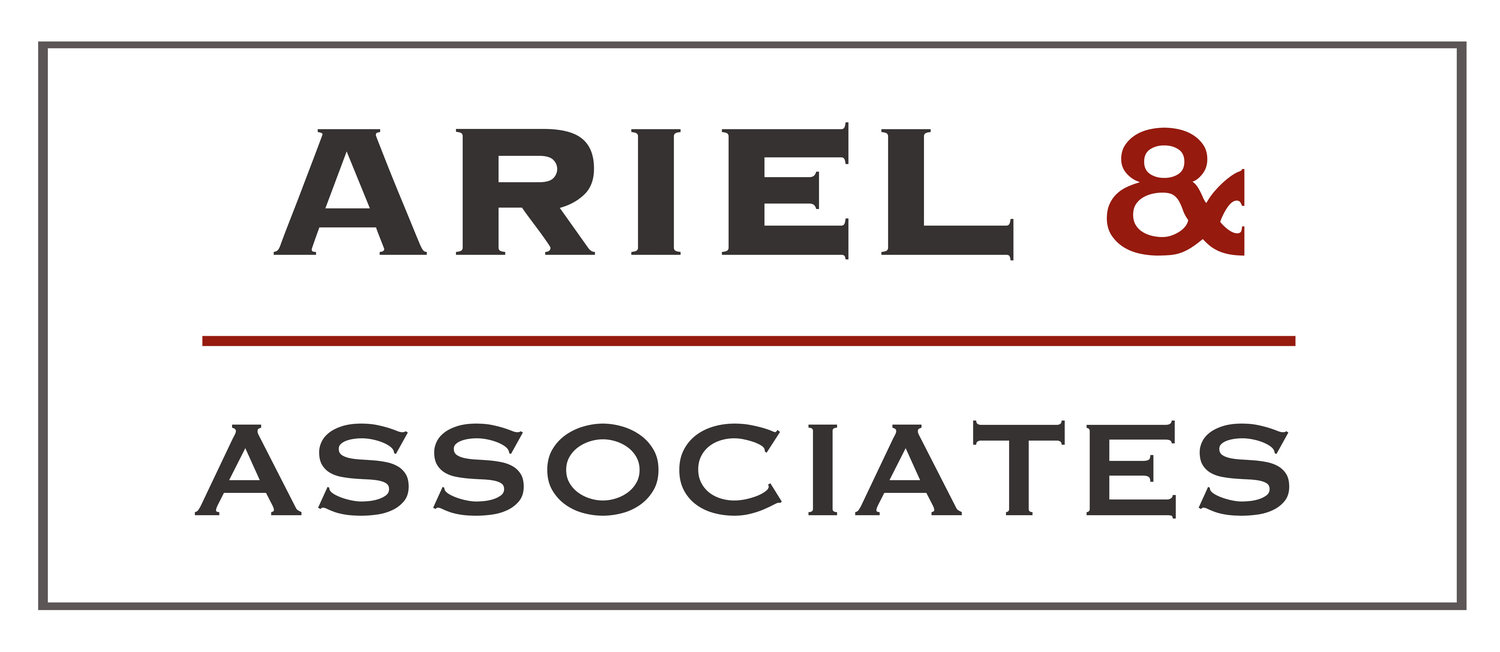For some time now, ASIC has floated the idea of having a user pay system in regard to financial service licensees. This has been in response to the never ending chorus of insufficient resources due to a lack of funding.
The Australian Government conceived the idea of such a model in April 2016 (following a recommendation from the Murray Financial System Inquiry) whereby those entities who created the need for and benefited from financial services regulation would fund ASIC.
ASIC heralded the passage of the ASIC Supervisory Cost Recovery Levy Bill 2017 (Cth) and its related bills through the Australian Senate on 15 June 2017 with ASIC Chairman, Mr Greg Medcraft noting that the bill enjoyed support across the political spectrum.
From 1 July 2017, ASIC’s regulatory costs will be funded by industry participants through the imposition of annual levies. As a consequence, there would now be greater transparency in how ASIC was funded.
Although the amount and structure of these levies has not yet been disclosed, the Minister for Revenue and Financial Services, Ms Kelly O’Dwyer, confirmed that regulations providing additional details on the operation of the funding model would be made following the imposition date, being 1 July 2017.
Nevertheless, we can get some insight following the release of a proposals paper in November 2016. The proposals indicated that the advice sector would be levied $24 million - this amounted to approximately $960 per financial adviser.
Critics of the model have noted that it would create a large burden on small business and that it could result in putting financial advice out of reach for those members of the public who needed it the most. This would be evidenced by these small businesses passing on the new regulatory costs onto its client base - larger organisations may be in a better position to be able to absorb these new costs.
However, Mr Medcraft stated that “Industry funding, in one form or another, applies to other areas of public oversight in Australia and in many comparable economies around the world.”
The funding model was in addition to other measures including:
Review of ASIC’s capabilities and enforcement regime to ensure it had appropriate powers and penalties to deter market misconduct.
The $127.2 million funding package to fund data analytics and surveillance capabilities.
It is of vital importance that ASIC maintains sufficient resources to monitor, supervise and bring about action in regard to industry participants. ASIC has not changed its perspective that the provision of financial advice is a high risk sector. As a result, it needs to act in a proactive manner with sufficient powers to discipline individuals and bodies corporate. Of course, licensees need to ensure that they instill a culture of compliance amongst their representatives, but it goes without saying that the regulator needs to carry a big stick and be prepared to use it.
Should you have any queries about ASIC or other issues involving compliance, licensing, or corporate governance, please contact Jeremy Danon, director of Ariel & Associates Pty Ltd on (02) 8223 3355 or at jeremy@ariel.associates.
